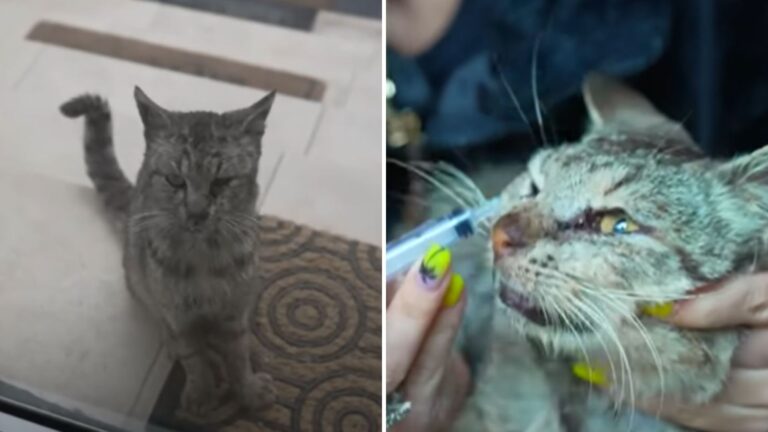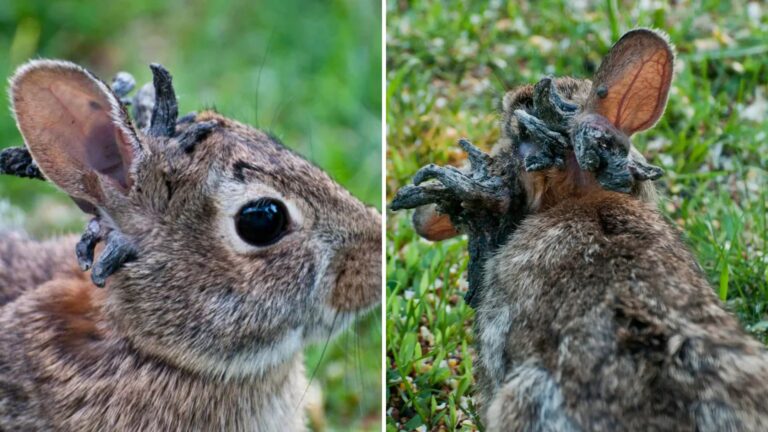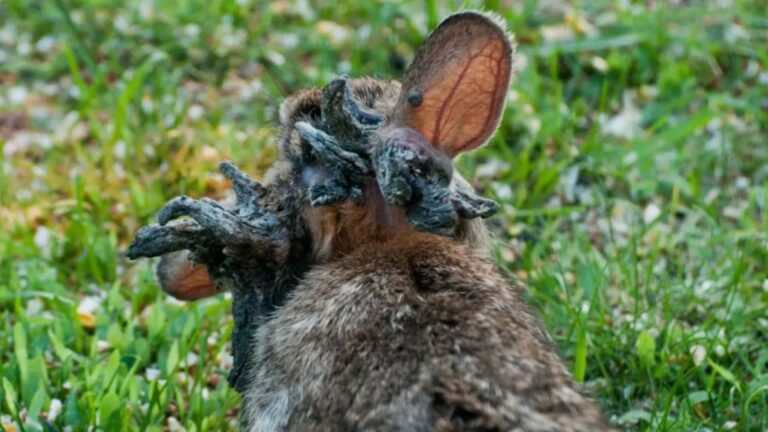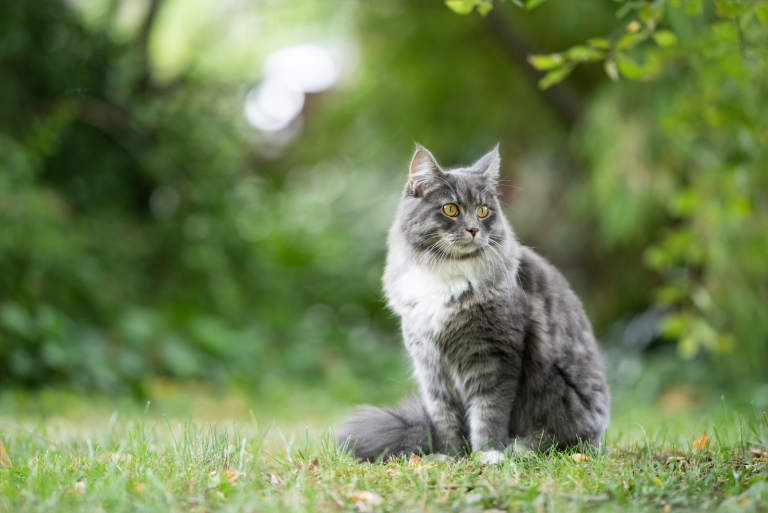What Happens If You Cut A Cat’s Whiskers? Explained
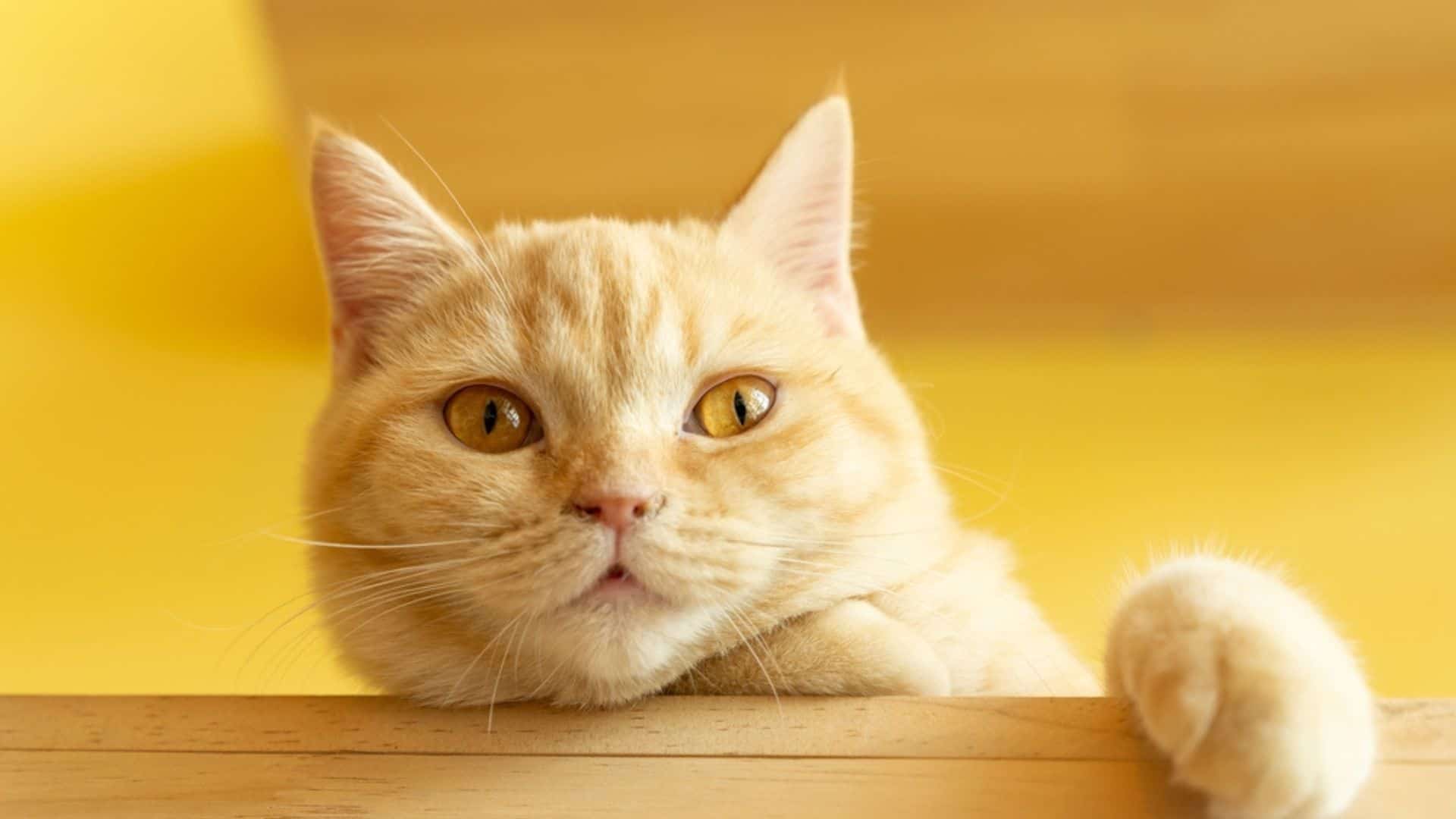
A cat’s whiskers aren’t just cute, they’re also one of the most important things for our cats.
When I was a child, hanging out with my friends and our animals, everyone always told us not to touch the cat’s whiskers or, worse, cut them.
I always thought that the stories, telling that a cat would become disoriented if you cut its whiskers, were only a myth.
Luckily, I never did such a thing because today, after years of learning about cats, I know that whiskers shouldn’t be touched as they’re very important for cats.
Keep reading this article as I’m about to discuss the purpose of a cat’s whiskers and what happens if you cut a cat’s whiskers!
The Main Purpose Of Cat’s Whiskers
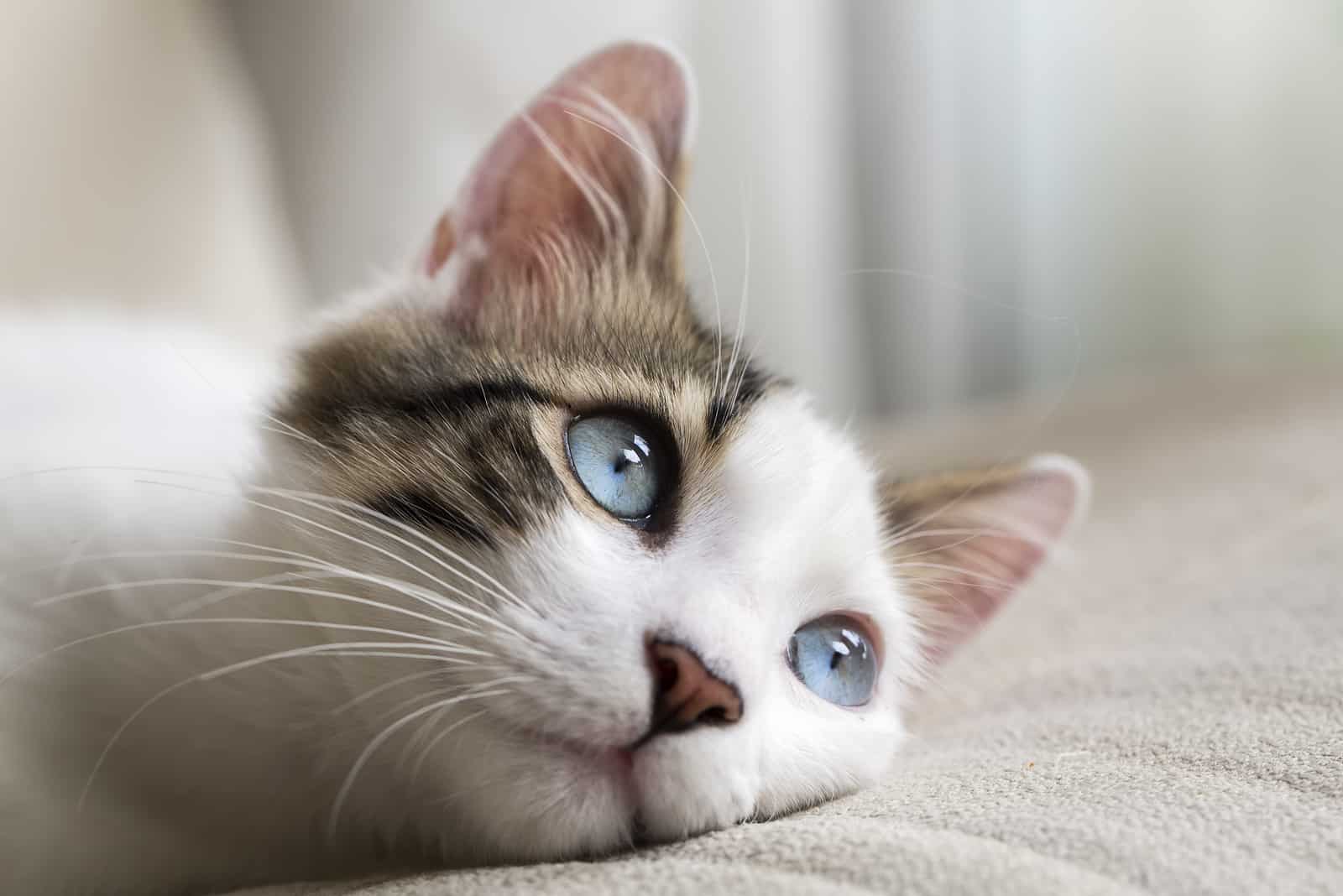
Cat’s whiskers are a crucial part of their body that helps them in everyday life. Even though they look like simple stiff hair, they’re more than just hair.
They serve as a GPS or radar system by allowing cats to move better in low light or total darkness, to detect certain things such as predators or objects, to calculate the distance between two things or assess different size of openings to determine if they can fit through a tight space.
The cat’s vibrissae, or whiskers, are thick hairs connected to the nervous system and muscles. They are also equipped with a sensory organ proprioceptor, which allows them to detect different things around them.
The whisker hair contains follicles and sacs that are very deep and have nerve endings. Thanks to these nerve cells, the information is transferred to the cat’s brain.
For that reason, we can see that whiskers are very sensitive and that they should be kept very carefully.
Most importantly, it’s crucial to take good care of the cat’s whiskers and not trim, curl or do anything else with them because such things can damage them and lead to serious consequences.
Now, let’s see how the whiskers help our cats in their everyday lives.
Cats Use Their Whiskers For Communication

As we already know, cats communicate through their behavior and body language. They use their whiskers as a means of communication with other cats or humans.
Their whiskers are attached to the muscles and nerve endings which enables cats to move them in different directions. Therefore, they can point them forward when they’re alert or during hunting when they notice the movement of prey.
Additionally, you can easily notice when your cat is scared by looking at their whiskers, as they’ll probably be flattened against the side of their face.
Whiskers Serve Cats As A Protection Shield
The most important role of a cat’s whiskers is to serve as feelers and keep them safe and protect them from potential damage and injuries.
Cats have very sensitive eyes that can easily be damaged. Luckily, there are whiskers located above the cat’s eyes, called superciliary whiskers, and when they’re touched, a cat has a blink reflex which may protect them from damage.
So, when cats are walking in the grass or similar areas that may harm them, the whiskers on their face provide sensory data that alert them not to go any further as they may injure themselves.
Cat’s Whiskers Help Them See Better
Cats are known to have remarkable vision, but how can their whiskers help them see better?
Well, it’s simple. They can see different objects at a distance, but it may be difficult for them to focus on objects that are close to them.
So, when cats are looking for something, they use their whiskers to pinpoint objects that are close to their face.
Check out 5 myths about cat whiskers + 10 superstitions!
What Happens If You Cut A Cat’s Whiskers?
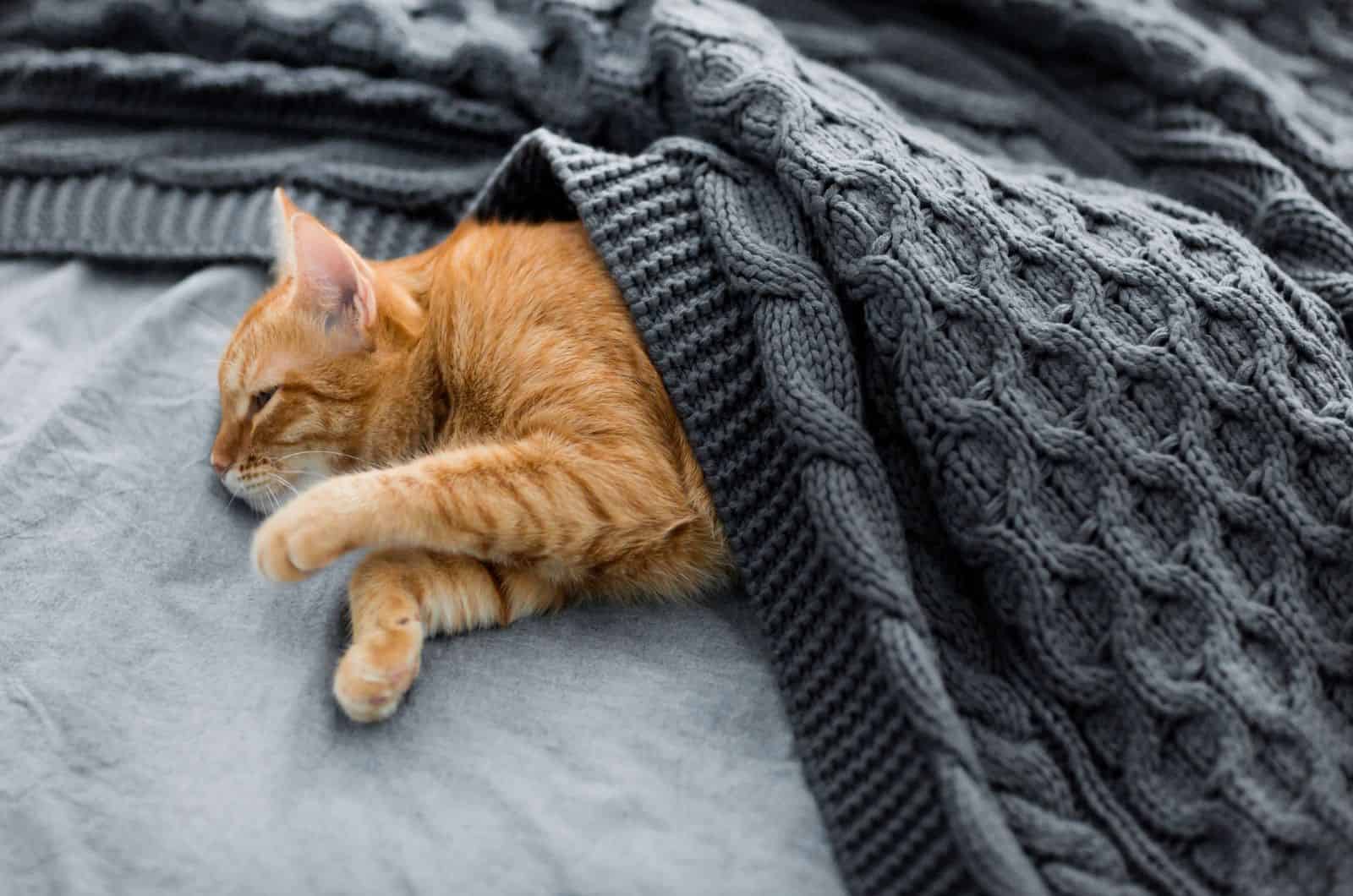
As I already said, a cat’s whiskers are extremely sensitive and need to be taken good care of. But what happens if you cut a cat’s whiskers or they get damaged?
As whiskers are attached to the nervous and muscle systems, cutting whiskers, or other damage, may lead to serious consequences such as:
• Disorientation
• Frightened cat
It’s not surprising that cats will feel disorientated and frightened after having their whiskers cut or damaged.
The reason for that is that their whiskers help them in many different things, such as hunting and moving in the dark or low light.
The nerves at the base of their whiskers are extremely sensitive and are able to recognize different air currents and vibrations and send them to the cat’s brain.
Another reason may be because they’re scared as the objects seem to be too close to them and similar.
It can be very hard to explain what whiskers mean to cats, as they don’t appear to be so useful, but some people like to say that cutting a cat’s whiskers is the same as blindfolding people, which is why they feel disoriented, scared, and unprotected.
You may also like to learn more about cats with black whiskers!
Why You Shouldn’t Cut The Cat’s Whiskers

There are many different reasons why you should never cut the cat’s whiskers; however, one reason worth mentioning is that whiskers help them articulate their mood.
So, not only will your kitty will feel disoriented without its whiskers, but it will also be prone to more injuries, and you won’t be able to tell whether your cat is frightened or not.
Unfortunately, these issues may lead to even more serious ones because your kitty may start feeling scared all the time, it may lack interest in interaction, hide often, get trapped, or be unable to notice predators, all due to feeling unprotected and disoriented.
Will Your Cat’s Whiskers Fall Off?
Cats’ coat hair falls out and changes during the shedding season, but what about their whiskers, will they fall out during the shedding season?
The cat’s whiskers fall off too. Just like the cat’s coat sheds and goes through the growth and dormancy period, the whiskers do too, and this is a normal process for cats.
However, even though trimming them isn’t painful for cats, you should never cut their whiskers as that may lead to negative consequences, nor should you curl or modify them as that can damage them.
Moreover, you shouldn’t pluck the whiskers either, as that can be painful because hair follicles have many nerve receptors. Therefore, you should leave the cat’s whiskers as they are and let them change naturally.
If your kitty has extremely long whiskers, instead of trimming them, you can provide your kitty with a bigger food and water bowl to reduce vibrissae tension if that makes them stressed due to the sensitivity of the whiskers.
Can Cat’s Whiskers Grow Back?
Just like the cats reduce their hair during the shedding season and later on grow a new one, they also grow back their lost whisker if they’re damaged or if they fall out naturally, as long as the root isn’t damaged.
The process of regrowth of the whiskers may take a few months, and it’s recommended to keep your kitty indoors during that period to keep it safe and protected.
Check out this article and learn more about cat scent glands!
Cat Whisker Fatigue
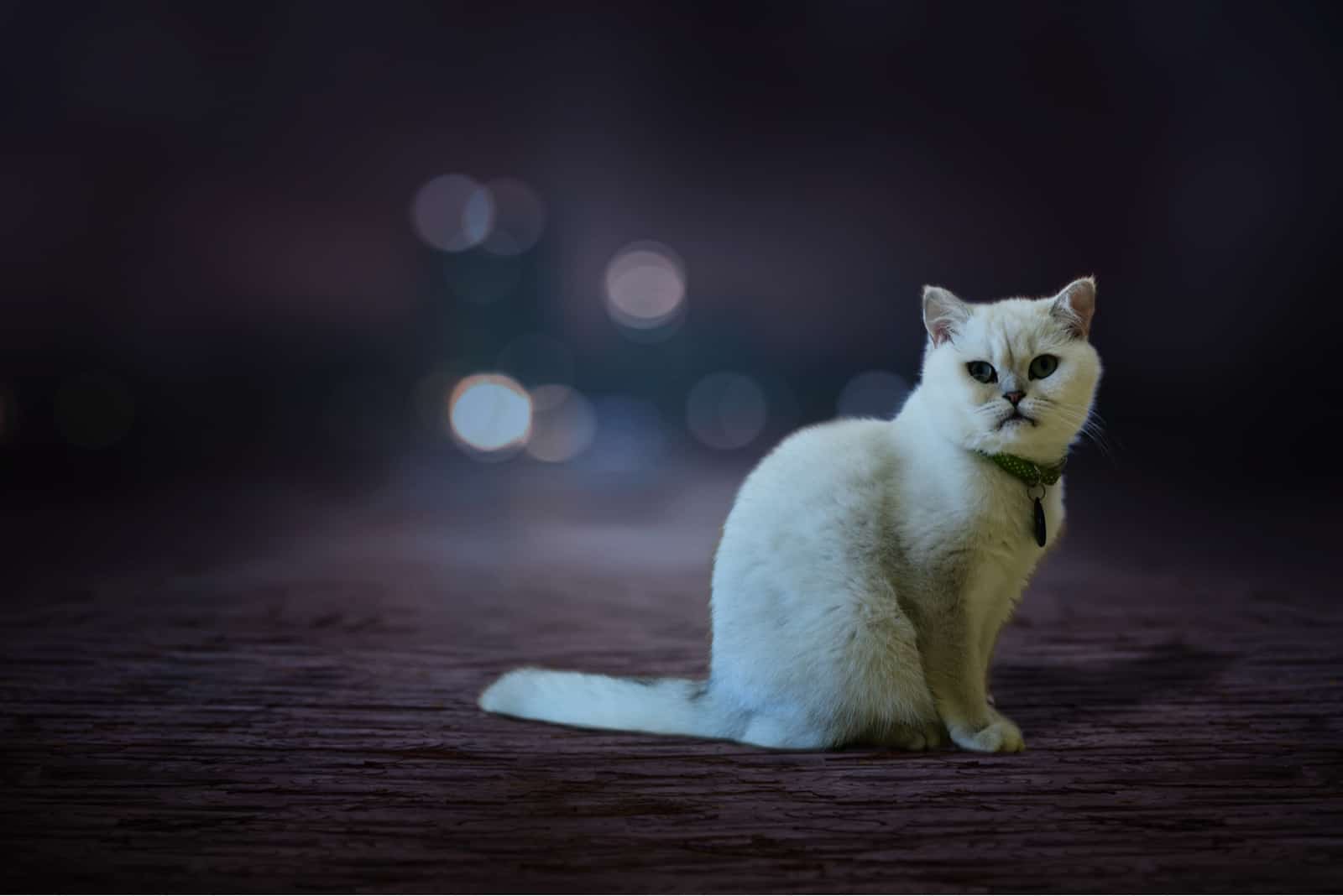
Cat whisker fatigue or stress is a condition that may be common for cats, especially those with extremely long whiskers.
That happens when their whiskers get overstimulated because of the nerve endings at the whisker follicles.
Because of that, your kitty may feel stressed, tired, or overwhelmed, and this may also lead to various behavior problems.
If your cat suffers from this condition, you shouldn’t cut or trim its whiskers as that won’t solve the problem, and it may only lead to even more complications.
Instead, you should find another solution to help them, such as providing them with bigger food or water bowls so that they don’t touch their whiskers or providing them with a cat water fountain, which is also a great idea because they’ll always have a freshwater source.
Cat Whiskers Facts That You May Find Interesting
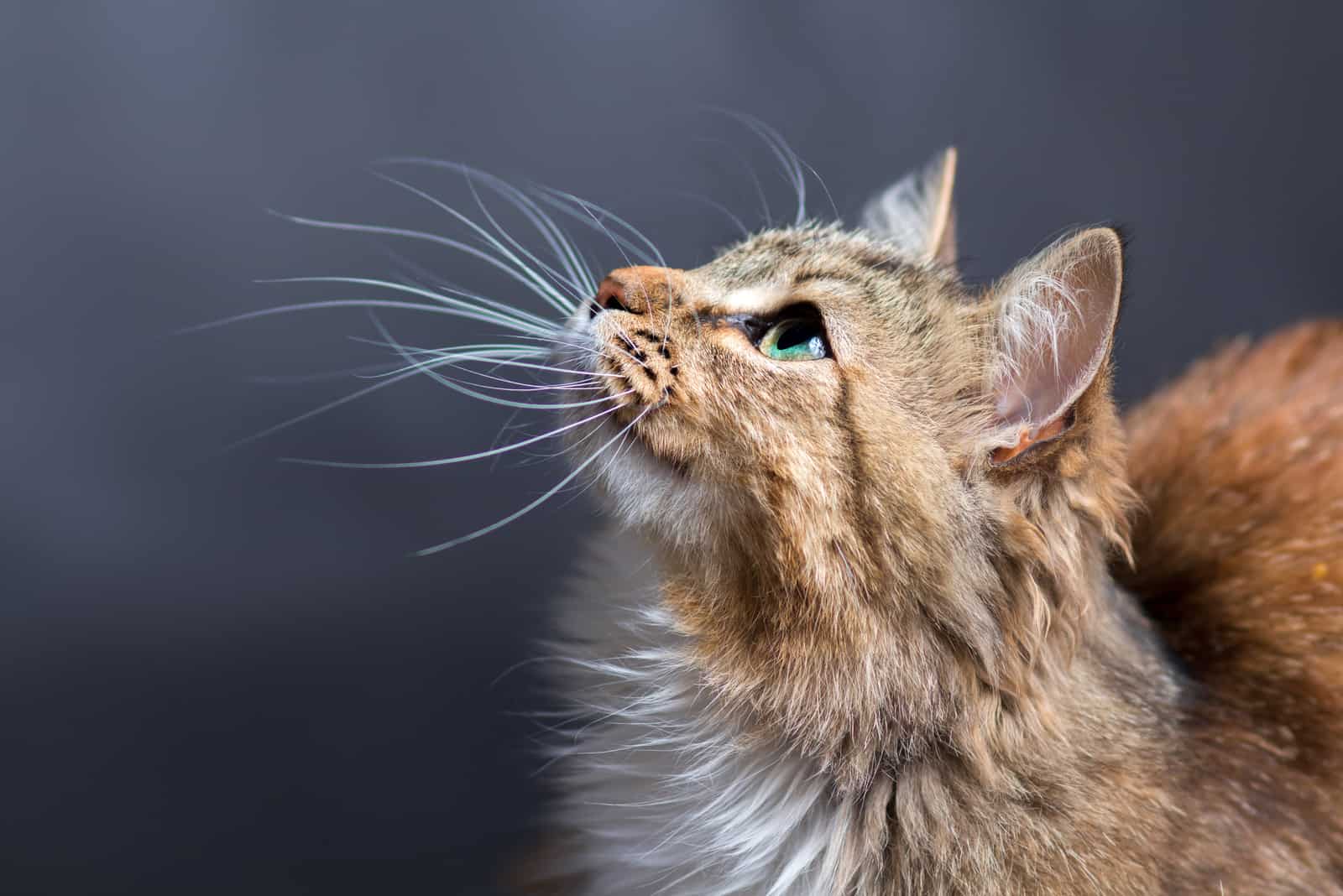
If you read this article, you have already learned some important things about the cat’s whiskers, such as how they function and what happens if you cut a cat’s whiskers.
Now, let’s skip to the good part and check out some of the interesting facts about the cat’s whiskers.
🐾 The cat’s whiskers, located on the cat’s face, are also called vibrissae as they’re able to detect certain vibrations in the air movement around them.
🐾 There are twenty-four whiskers around the cat’s mouth in four sets on each upper lip.
🐾 Every cat has a unique whisker pattern, which can be compared to human fingerprints.
🐾 Whiskers serve blind cats as a sort of navigation system.
🐾 The whiskers located on the cat’s cheeks are called whisker pads, but they also have whiskers on their jawline, eyebrows, outer corner of the nose, and on the back of the front legs.
🐾 Sphynx cats, also known as hairless cats, have small whiskers or no whiskers at all.
🐾 That cat’s whiskers are remarkable can be seen from this British idiom – To ‘be the cat’s whiskers’, which means ‘to be better than everyone else’.
Final Thoughts
Cat’s whiskers are an essential part of the cat’s body that has a big function in their everyday lives and different situations.
The main purpose of the cat’s whiskers is to navigate them through different areas, to keep their eyes safe from potential damage and injuries, and to keep them from getting trapped.
Moreover, cats use their whiskers to move more easily, especially in the dark, and also to pinpoint objects around them. This article provides you with the answer to what happens if you cut a cat’s whisker.
If you cut them, your furry friend may start feeling disoriented or frightened as it will have reduced their abilities, such as moving in certain areas, noticing potential predators or sensing other vibrations in the airflow, and similar things.
For that reason, you should never cut or pick out the cat’s whiskers as they’ll go through natural changes.
Besides the informative part of the article, I have also provided several facts about a cat’s whiskers that I hope you found interesting!

